Radius Restrictions in Retail Leases
In retail leasing, one provision that often arises and requires careful negotiation is the radius restriction clause. This clause can significantly impact a tenant’s business operations and growth strategy while providing landlords with a mechanism to protect their interests and maintain a thriving retail environment. This article delves into what a radius restriction is, its purpose, and the key considerations that both landlords and tenants should keep in mind when negotiating this provision.
What Is a Radius Restriction?
A radius restriction, sometimes referred to as an exclusive radius clause, is a provision in a retail lease that limits the tenant’s ability to open or operate a similar business within a specified geographical area around the leased premises. The purpose of this restriction is to prevent the tenant from creating competition for themselves that could cannibalize sales from their location within the landlord’s property. This is particularly important in shopping centers or retail complexes where the landlord seeks to maintain a diverse tenant mix and protect the exclusivity and draw of the center.
Key Considerations in Negotiating a Radius Restriction
When negotiating a radius restriction, both landlords and tenants must consider several important factors. These include the definition of the restricted area, the scope of the restriction, enforcement mechanisms, and potential exceptions or carve-outs.
1. Defining the Restricted Area
One of the first considerations in a radius restriction is defining the geographical scope of the restriction. This area is typically measured in miles from the leased premises and can vary widely depending on the nature of the tenant’s business and the local market.
Considerations:
- Distance: The radius should be clearly defined in terms of distance, such as a certain number of miles from the leased location. The appropriate distance may vary depending on factors such as the tenant’s business model, customer base, and the density of the local market.
- Boundaries: In some cases, the restricted area may be delineated by specific boundaries, such as major roads, rivers, or city limits. This can provide a more precise and understandable definition of the restricted zone.
- Market Area: For tenants with a regional or national presence, the restricted area might extend to cover specific market areas or demographic regions, rather than being based solely on distance.
2. Scope of the Restriction
The scope of a radius restriction can vary significantly and should be carefully negotiated to ensure it is fair and reasonable for both parties.
Considerations:
- Type of Business Activity: The restriction should specify the types of business activities covered. For example, it may prohibit the tenant from operating a similar retail store or engaging in the sale of specific products or services that compete directly with those offered at the leased premises.
- Use of Brand Name: The clause may also restrict the tenant from using the same brand name, trade name, or trademark within the restricted area. This can prevent brand dilution and protect the uniqueness of the tenant’s presence in the landlord’s property.
- Affiliated Businesses: Consideration should be given to whether the restriction applies to businesses affiliated with the tenant, such as subsidiaries, franchisees, or licensees. This can be particularly relevant for tenants with multiple business lines or franchised operations.
3. Enforcement and Remedies
Enforcement mechanisms and remedies for breach of a radius restriction are important elements to address in the lease agreement.
Considerations:
- Monitoring Compliance: The lease should outline how compliance with the radius restriction will be monitored. This might include periodic reporting by the tenant or other means of verifying that the tenant is not violating the clause.
- Penalties and Remedies: The lease should specify the consequences of breaching the radius restriction. Remedies may include monetary penalties, rent increases, or even lease termination. The severity of the remedy should be proportional to the potential impact of the breach on the landlord and other tenants.
- Cure Period: The agreement may provide the tenant with a cure period to rectify any breach, such as ceasing the competing business activity or closing the competing location. This allows for resolution without immediate penalties.
4. Exceptions and Carve-Outs
It is important to consider exceptions and carve-outs that can provide flexibility for the tenant while protecting the landlord’s interests.
Considerations:
- Pre-Existing Locations: If the tenant already operates similar businesses within the restricted area before entering into the lease, these locations should typically be exempt from the radius restriction. This exemption should be explicitly stated in the lease.
- Non-Retail Activities: The restriction might not apply to non-retail activities, such as corporate offices, warehouses, or other non-public-facing operations. This distinction can help tenants continue other aspects of their business without violating the lease.
- Franchise and Licensing Agreements: For tenants that operate through franchises or licensing agreements, the lease might carve out these arrangements, particularly if the tenant has limited control over franchisee or licensee locations. This carve-out helps protect the tenant from unintentional breaches due to the actions of third parties.
Tenant and Landlord Perspectives
Tenant Considerations:
For tenants, radius restrictions can limit business growth and expansion opportunities. Therefore, tenants should carefully assess the size of the restricted area, the scope of activities covered, and any potential exceptions. It is also important for tenants to understand the penalties for breach and to negotiate terms that allow for flexibility, particularly if they have a significant presence in the area or plan to expand their brand.
Landlord Considerations:
Landlords use radius restrictions to protect their investment in the property and maintain a competitive retail environment. By limiting competition, landlords can help ensure that tenants remain successful and that the shopping center or retail complex retains its appeal to consumers. However, landlords must also consider the reasonableness of the restriction, as overly broad or restrictive clauses may deter potential tenants or lead to disputes.
Conclusion
Radius restrictions in retail leases are a critical component of protecting the interests of both landlords and tenants. By carefully negotiating the terms of these provisions, parties can balance the need for tenant flexibility with the landlord’s desire to maintain a thriving retail environment. Key considerations include defining the restricted area, determining the scope of the restriction, establishing enforcement mechanisms, and identifying appropriate exceptions and carve-outs.
As with any complex lease provision, it is advisable for both landlords and tenants to consult with experienced legal counsel to ensure that radius restrictions are properly drafted and negotiated. By addressing these considerations with clarity and precision, landlords and tenants can establish a mutually beneficial leasing arrangement that supports the success and growth of both parties.



